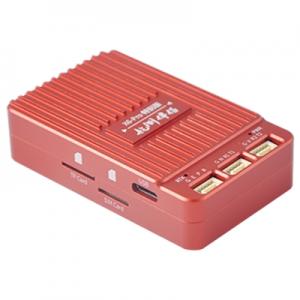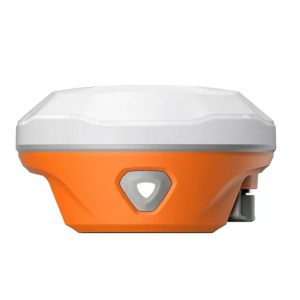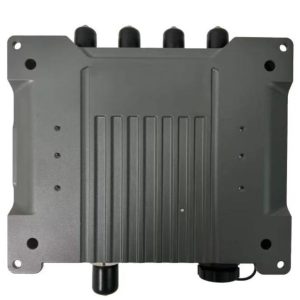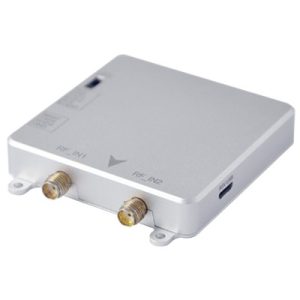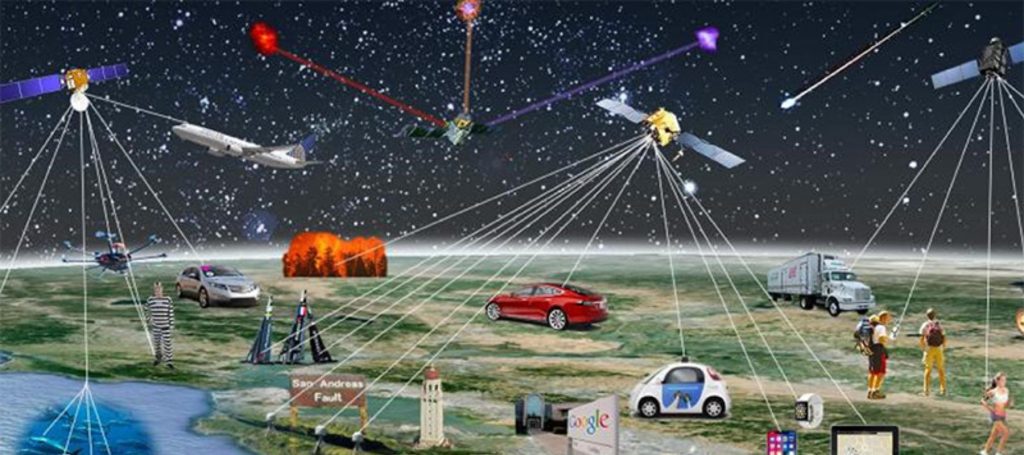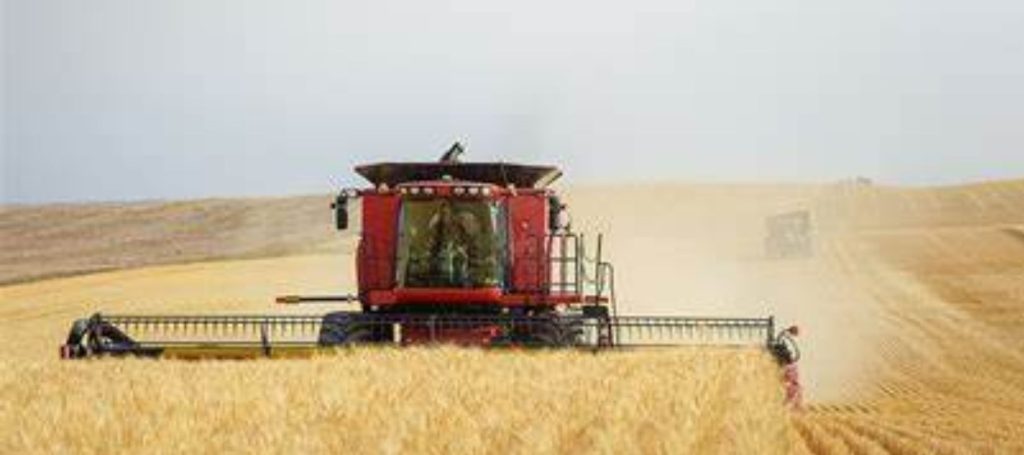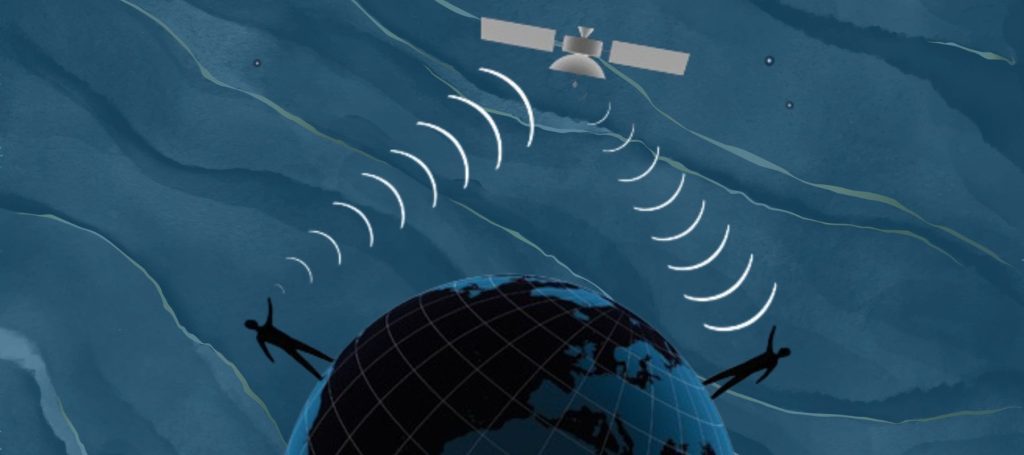UAV
Unmanned Aerial Vehicles (UAVs), commonly known as drones, are aircraft systems that operate without a human pilot on board. These innovative devices have transformed numerous industries by providing advanced capabilities for aerial surveillance, data collection, and delivery services. UAVs are equipped with sophisticated technologies like Global Navigation Satellite Systems (GNSS) and Global Positioning Systems (GPS), enabling precise navigation and accurate data gathering.
The Importance of UAVs in Modern Industries
UAVs have become integral to several sectors due to their versatility and efficiency. They are widely used in agriculture for crop monitoring, in construction for site inspections, in environmental research for wildlife tracking, and in logistics for delivering packages. The ability of UAVs to access hard-to-reach areas and gather high-resolution data makes them invaluable tools in these fields.
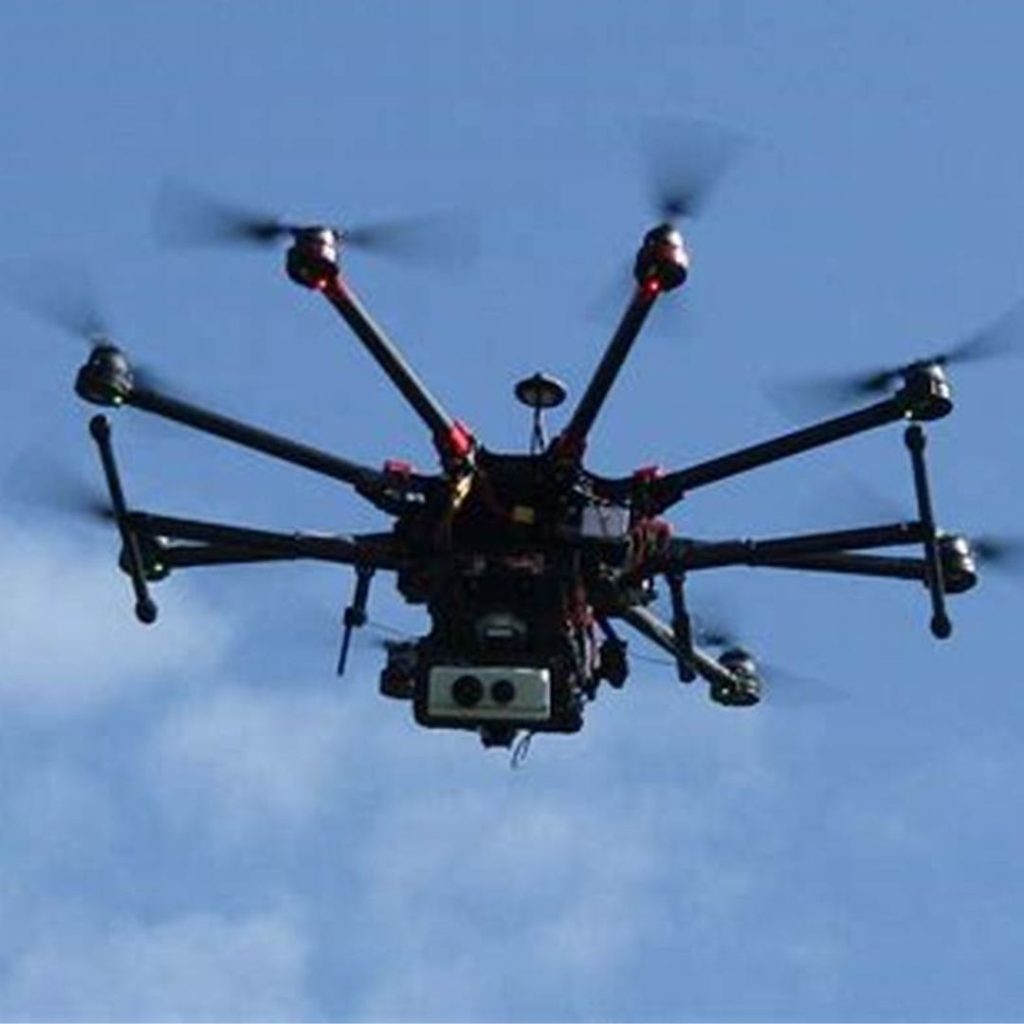
Our best fit product solutions for UAV
Key Features and Benefits of UAV GNSS
Precision Navigation with GNSS and GPS: UAVs utilize GNSS and GPS technologies to achieve precise navigation and positioning. GNSS provides global coverage by using satellite constellations like GPS, GLONASS, Galileo, and BeiDou. These systems enable UAVs to maintain accurate flight paths, perform precise landings, and conduct detailed surveys with centimeter-level accuracy. This precision is crucial for applications like mapping, where exact location data is required.
Versatile Applications Across Industries: UAVs are used in a wide range of applications due to their flexibility and adaptability. In agriculture, UAVs equipped with multispectral cameras can monitor crop health, assess soil conditions, and optimize irrigation. In the construction industry, UAVs provide aerial imagery for site planning, progress tracking, and structural inspections. Environmental scientists use UAVs to study ecosystems, track animal movements, and monitor climate change effects.
Cost-Effective and Time-Efficient Solutions: Compared to traditional methods of aerial surveying and data collection, UAVs offer significant cost and time savings. They eliminate the need for manned aircraft, reducing operational costs and safety risks. UAVs can cover large areas quickly, providing real-time data and high-resolution images, which are essential for timely decision-making in industries like agriculture and disaster management.
Enhanced Data Collection and Analysis: UAVs are equipped with advanced sensors and cameras that capture high-resolution images and videos. These devices can be used to collect data in various formats, including thermal, infrared, and LiDAR. The collected data can be analyzed to generate detailed maps, 3D models, and other valuable insights. This capability is particularly useful in industries like mining, where accurate data on terrain and resource distribution is crucial.
Frequently Asked Questions (FAQ)
A UAV, or Unmanned Aerial Vehicle, is an aircraft that operates without a human pilot on board. It is controlled remotely or autonomously using onboard computers and navigation systems like GNSS and GPS.
UAVs use GNSS and GPS for precise navigation and positioning. These systems rely on satellite signals to provide accurate location data, enabling UAVs to follow specific flight paths, perform precise maneuvers, and collect detailed geographic information.
UAVs are used in a variety of industries, including agriculture, construction, environmental research, logistics, and public safety. They are valued for their ability to access hard-to-reach areas, gather high-quality data, and perform tasks efficiently and cost-effectively.
With advanced GNSS and GPS technology, UAVs can achieve centimeter-level positioning accuracy. This high precision is essential for applications like mapping, surveying, and precision agriculture, where exact location data is critical.
The benefits of using UAVs include cost savings, time efficiency, enhanced data collection, increased safety, and the ability to operate in challenging environments. UAVs provide valuable insights and solutions for various industries, improving operational efficiency and decision-making.
While some UAVs are designed to operate in adverse weather conditions, extreme weather such as heavy rain, strong winds, and low visibility can affect their performance. It is essential to choose a UAV with appropriate weather resistance for specific applications and to follow safety guidelines during operation.
UAVs contribute to environmental monitoring by providing aerial imagery and data for studying ecosystems, tracking wildlife, assessing environmental changes, and supporting conservation efforts. They offer a cost-effective and efficient way to collect data over large and inaccessible areas.
UAVs, equipped with GNSS and GPS technologies, have revolutionized numerous industries by providing precise navigation, efficient data collection, and safe operations. As technology continues to advance, the capabilities and applications of UAVs are expected to expand, offering even greater benefits and opportunities across various sectors.


